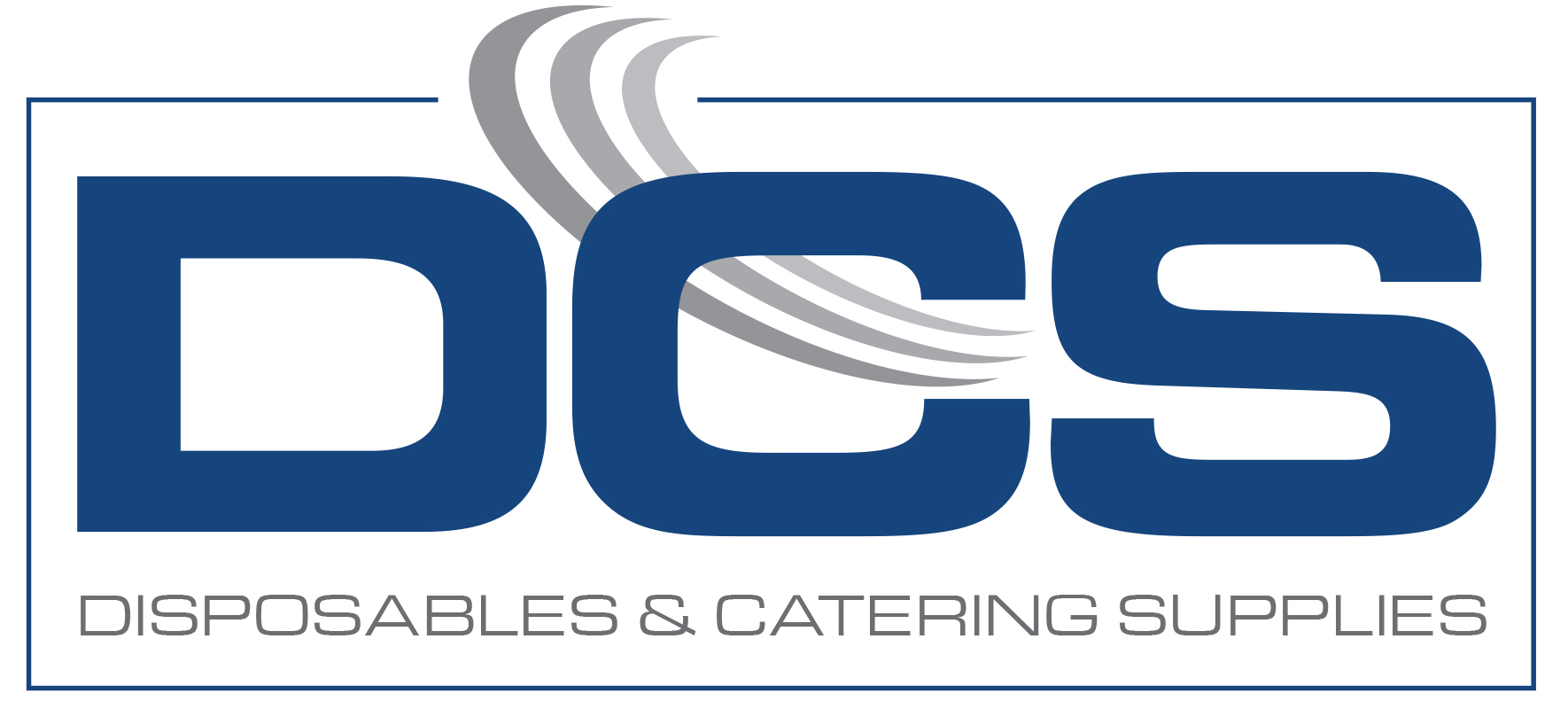Chopping Boards
Cross-contamination is the main reason for many food-borne illness outbreaks. Even if meat has been cooked correctly, meals can still become contaminated with pathogens if cross-contamination isn’t avoided in the preparation process.
Chopping boards can be an easy place for cross-contamination to occur. Placing ready-to-eat foods such as fresh produce on a surface that held raw meat, poultry, seafood or eggs can spread harmful bacteria. Avoiding cross-contamination across cutting surfaces is avoidable.
One of the ways to avoid cross contamination is by making use of colour coded chopping boards.
- Plastic or glass surfaces should be used for cutting raw meats.
- Use one chopping board for raw meat, poultry and seafood.
- Use a separate chopping board for ready-to-eat foods.
- Use separate plates and utensils for cooked and raw foods.
- Before reusing them, thoroughly clean and sanitise plates, utensils and cutting boards that have come into contact with raw meat, poultry, seafood or eggs.
- Chopping boards should be replaced if they are excessively scratched or damaged. Damaged chopping boards develop grooves that are hard to clean, making bacteria difficult to eliminate.








